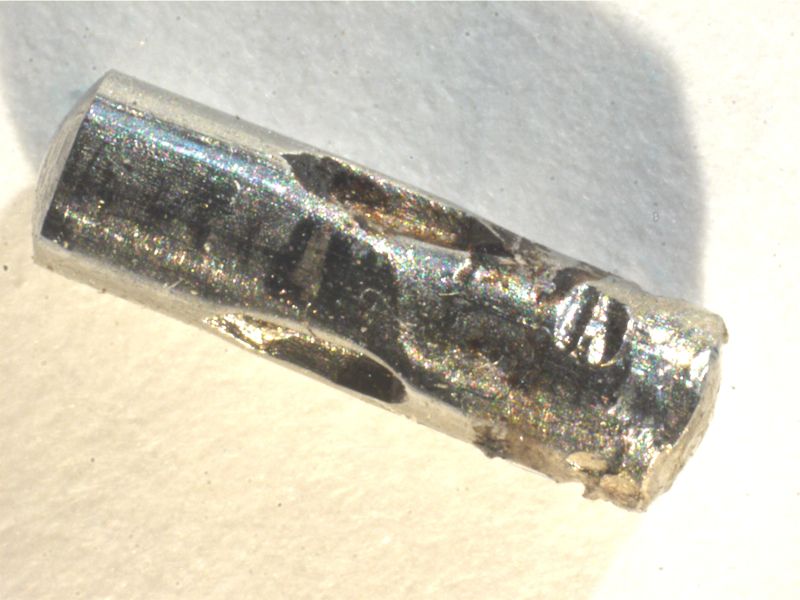Loctite wheel to shaft
Loctite wheel to shaft
- This topic has 34 replies, 18 voices, and was last updated 31 October 2014 at 16:10 by
Enough!.
- Please log in to reply to this topic. Registering is free and easy using the links on the menu at the top of this page.
Latest Replies
Viewing 25 topics - 1 through 25 (of 25 total)
-
- Topic
- Voices
- Last Post
Viewing 25 topics - 1 through 25 (of 25 total)



 ]
]

